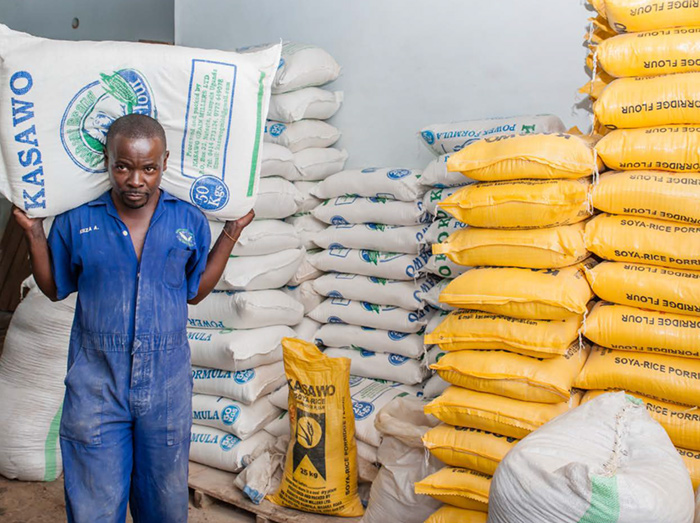Advocacy Video: For Very Little, Gain More
The 2015 Fortification Assessment Coverage Tool found that 92 percent of households in Uganda consume maize flour. For school-going children, especially those in boarding school, maize flour is a staple food, served three meals per day for six days each week. However, maize has low levels of vitamin C, iron, zinc, calcium, sodium, and potassium, which are required for healthy growth. Although these could be added by other means, the most cost-effective solution to improve the quality of school-going children’s meals is through food fortification.
